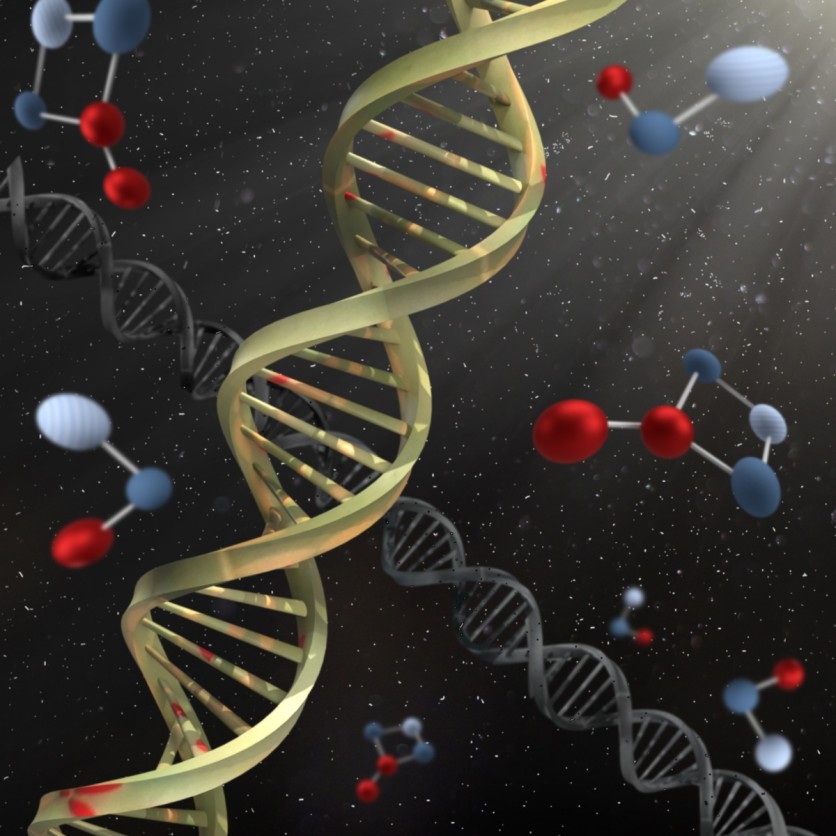University of Tokyo researchers have developed a novel method of locating and eliminating cancer cells by using artificial DNA.
According to the university's news release, the procedure was successful in lab tests against cells generated from human cervical cancer and malignant melanoma cells from mice.

Hairpin-Shaped, Cancer-Curing DNA
The research team produced a pair of hairpin-shaped, cancer-curing DNA molecules using chemical synthesis. The microRNA (miRNA) molecules that are overproduced in some cancers were joined by the DNA pairs when they were injected into cancer cells.
They unwound and combined after they were bound to the miRNA to produce longer DNA chains, which stimulated an immunological response. In addition to eliminating the cancer cells, this reaction also stopped the spread of cancerous tissue, according to the team.
This approach, which differs from traditional anticancer drug treatments, is anticipated to usher in a new age of drug discovery.
The researchers said that using nucleic acid medications to treat cancer has proven challenging because nucleic acids are unable to differentiate between cancer cells and other healthy cells.
They add that if healthy cells are unintentionally targeted, there is a chance that this will have a negative impact on the patient's immune system.
But for the first time, the group was able to create a DNA strand in the form of a hairpin that can trigger an immune response to target and eliminate particular malignant cells.
Read Also : Exhausted Cancer-Fighting T Cells Can be Reinvigorated to Protect the Immune System, New Study Finds
All About oHPs
Certain DNA or RNA molecules can be overexpressed or made in excess by cancer cells, impairing their ability to function properly. The group produced oHPs, or synthetic oncolytic hairpin DNA pairs, which are capable of destroying cancer.
The team said that when these oHPs came into contact with the short (micro) RNA miR-21, which is overexpressed in some cancers, longer DNA strands began to develop. Due to the curvature of their hairpin design, oHPs usually do not form longer strands.
However, the synthetic oHPs open up to join the target microRNA and produce a longer strand when they enter a cell and come into contact with it.
Due to the immune system now being aware of the overexpressed miR-21, the cancer cells eventually perish as a result of the immune system's activation of an innate immunological response.
"The formation of long DNA strands due to the interaction between short DNA oHPs and overexpressed miR-21, found by this research group, is the first example of its use as a selective immune amplification response which can target tumor regression," Akimitsu Okamoto, one of the lead authors of the study said in a statement.
It offers a brand-new class of nucleic acid therapeutic candidates with a unique mechanism from other nucleic acid medications, said Okamoto.
The team believes that the results of their study will help doctors, researchers, and cancer patients as it could pave the path for drug development and medication policies.
The study still has a long way to go before making treatment available but the team is hopeful about the benefits of nucleic acids in discovering new drugs for cancer.
Related Article : Cancer Vaccine Developer Sees Limitations to mRNA's Effectiveness Despite Successful Trial

ⓒ 2026 TECHTIMES.com All rights reserved. Do not reproduce without permission.




